Hints: Memory Cards
Scroll down for more
Whether a memory card has come from a digital camera or a mobile phone, sometimes the content is not that easily accessible, or maybe you just need the videos and images backing up to make space for your next holiday, we can convert anything to anything!
Just in case you aren’t sure what you’ve got, here are some of the flash memory card formats we cover at The Video Copy Company, and a bit of info about each…just click on the pictures below.
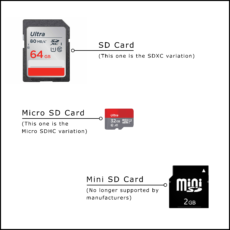
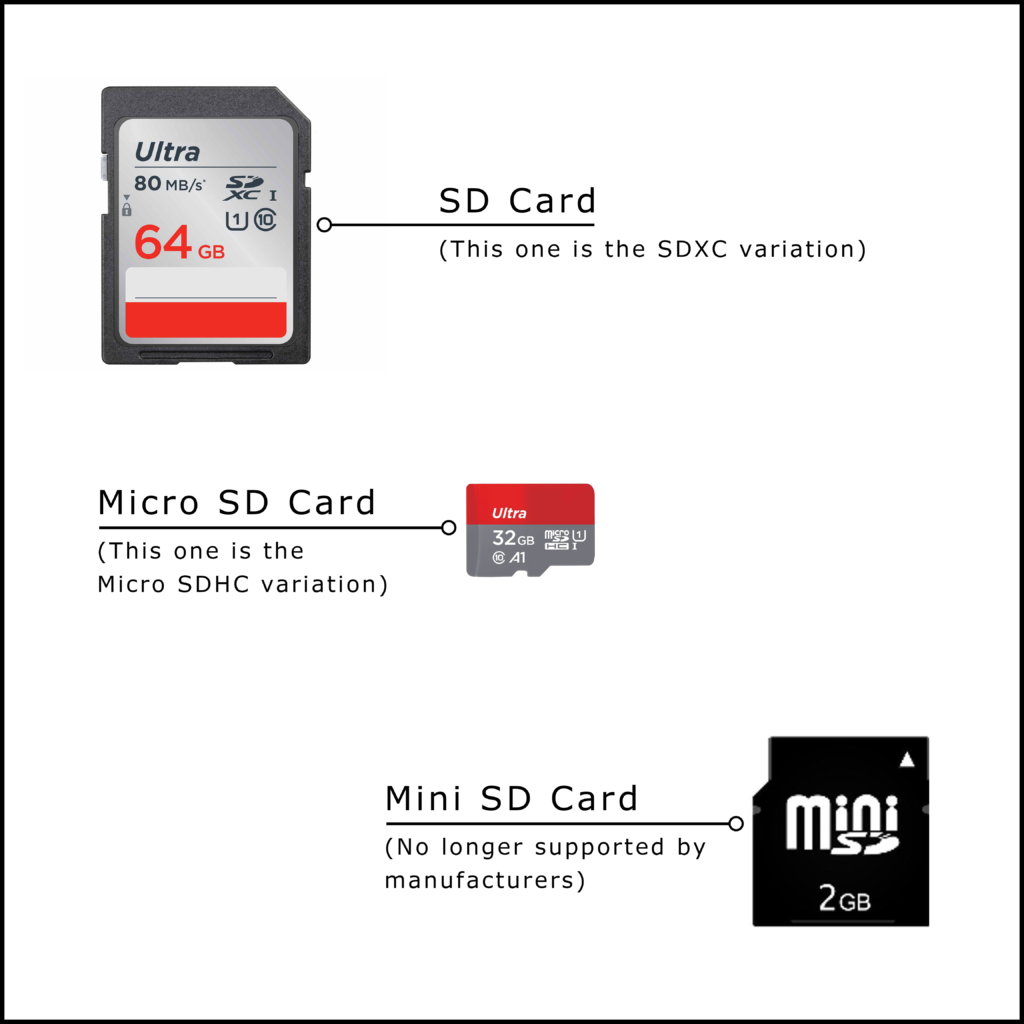
SD Cards
Full-size Secure Digital (SD) cards are one of the most popular current formats of digital card storage. They usually have different speeds (or classes) and can be called “SD”, “SDHC” or “SDXC”.
MicroSD cards also come in different speeds (or classes) and can also come with the HC postfix. Usually, these cards are used in mobile devices.
MiniSD cards also come in different speeds (or classes) and can also come with the HC postfix. Usually, these cards are used in mobile devices.
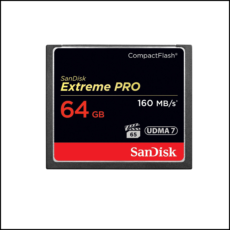
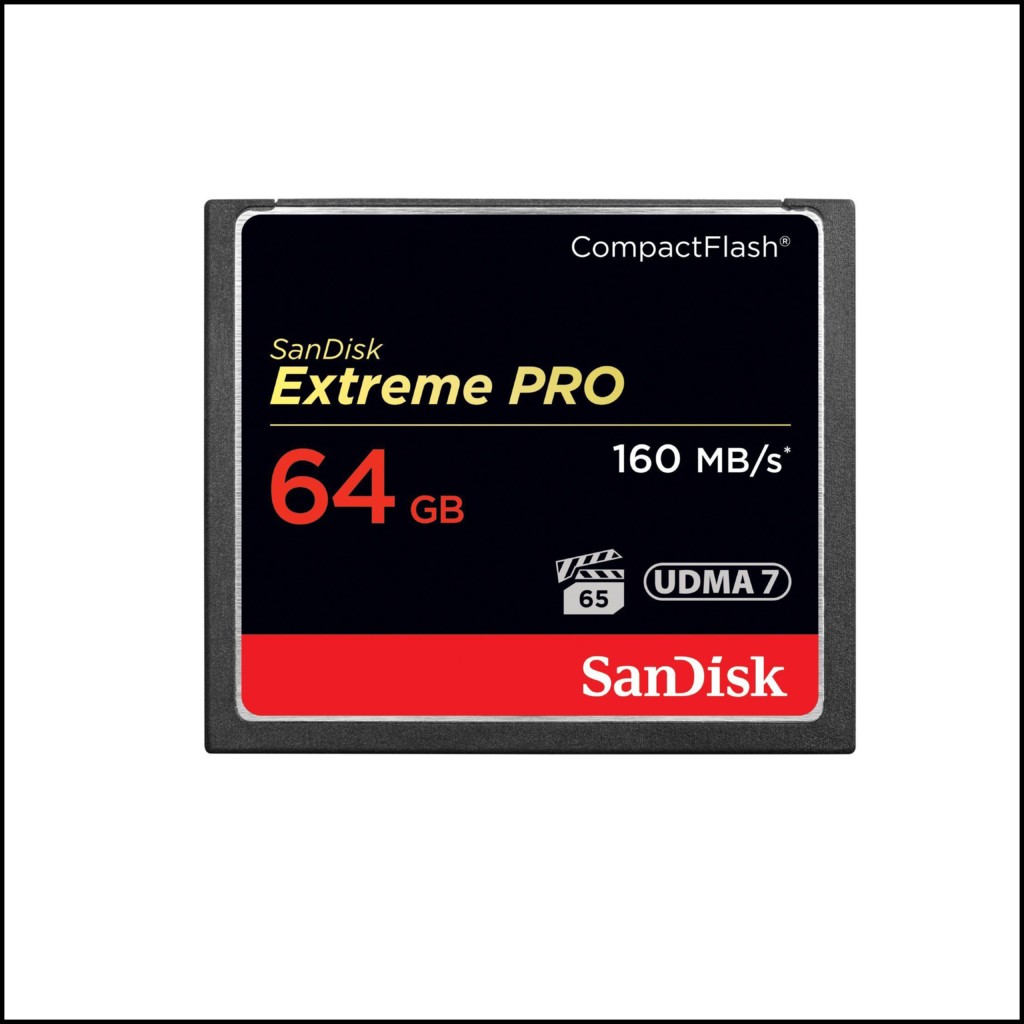
Compact Flash Cards
Compact Flash (CF) cards are still very popular today, and were one of the first to appear on the market. Speeds and have greatly improved, and they are the sturdier of the readily available cards, making them very popular with most semi-professional & professional photographers.
As good as these cards are, their price can often be a deterrent.
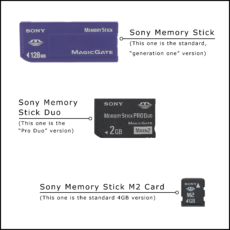
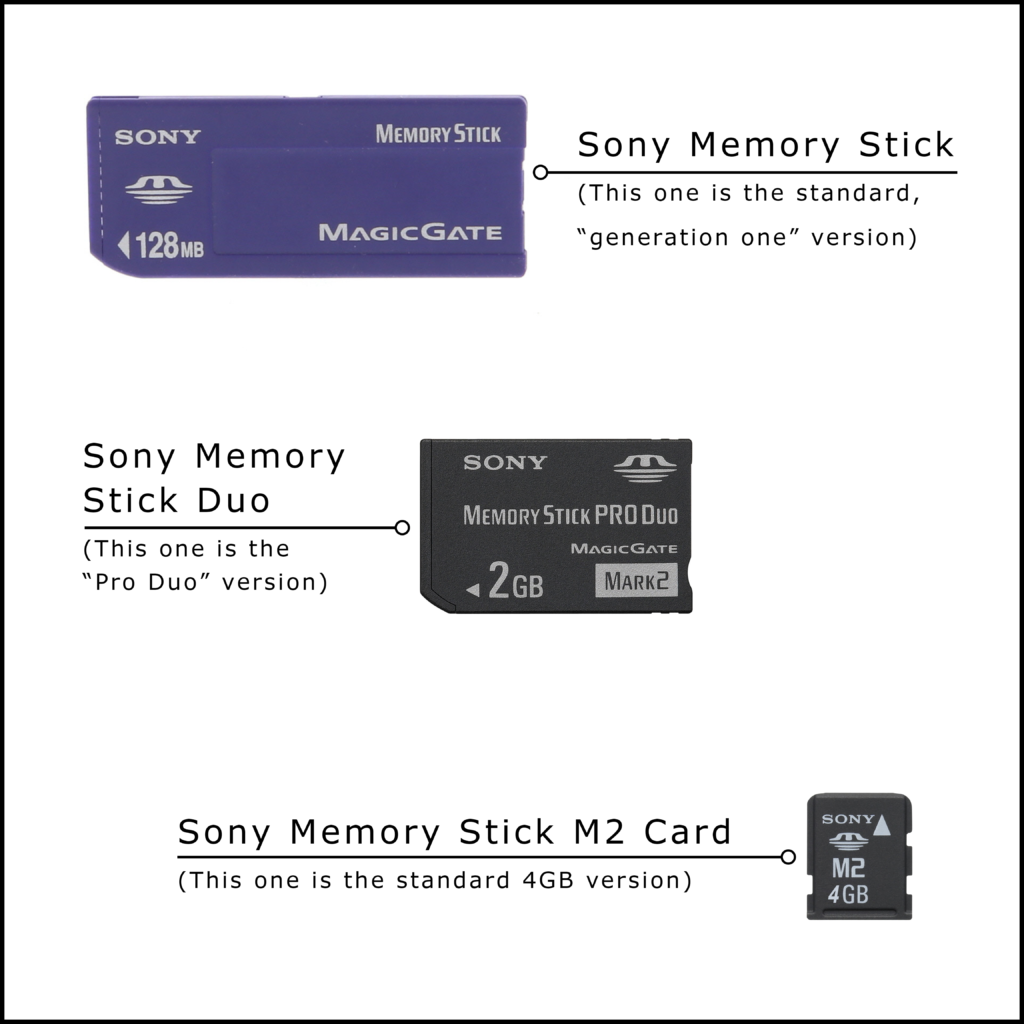
Memory Stick
Sony are famous for creating their own formats when new technology is announced (Betamax, MiniDisc, Blu-ray), and some catches on, whereas some do not.
The original Sony Memory Stick (MS) is no longer manufactured. They instead focused on production and integration of their Memory Stick Pro
Sony then created the Memory Stick Duo, in response to the other smaller cards on the market and incorporated them with their digital cameras and PlayStation Portables.
These cards come in a variety of speeds and storage sizes.
Given their expansion into the mobile phone market, Sony introduced the M2 (or Memory Stick Micro) card to compete with the MicroSD format.
This card has since been discontinued in favour of all new Sony phones incorporating MicroSD cards.
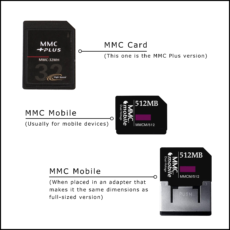

MMC Cards
Multimedia Cards (or MMC and MMC Plus) are of similar size to a postage stamp, and though very few companies built MMC interfaces into their products, many other companies still use the cards as an inexpensive way to store data.
MMC Mobile cards are a rarely used, but much smaller version of its big brother, being about half the size.
MMC Mobile cards are directly compatible with the full-sized card if used with an adapter.
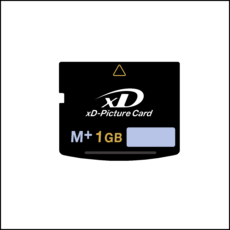
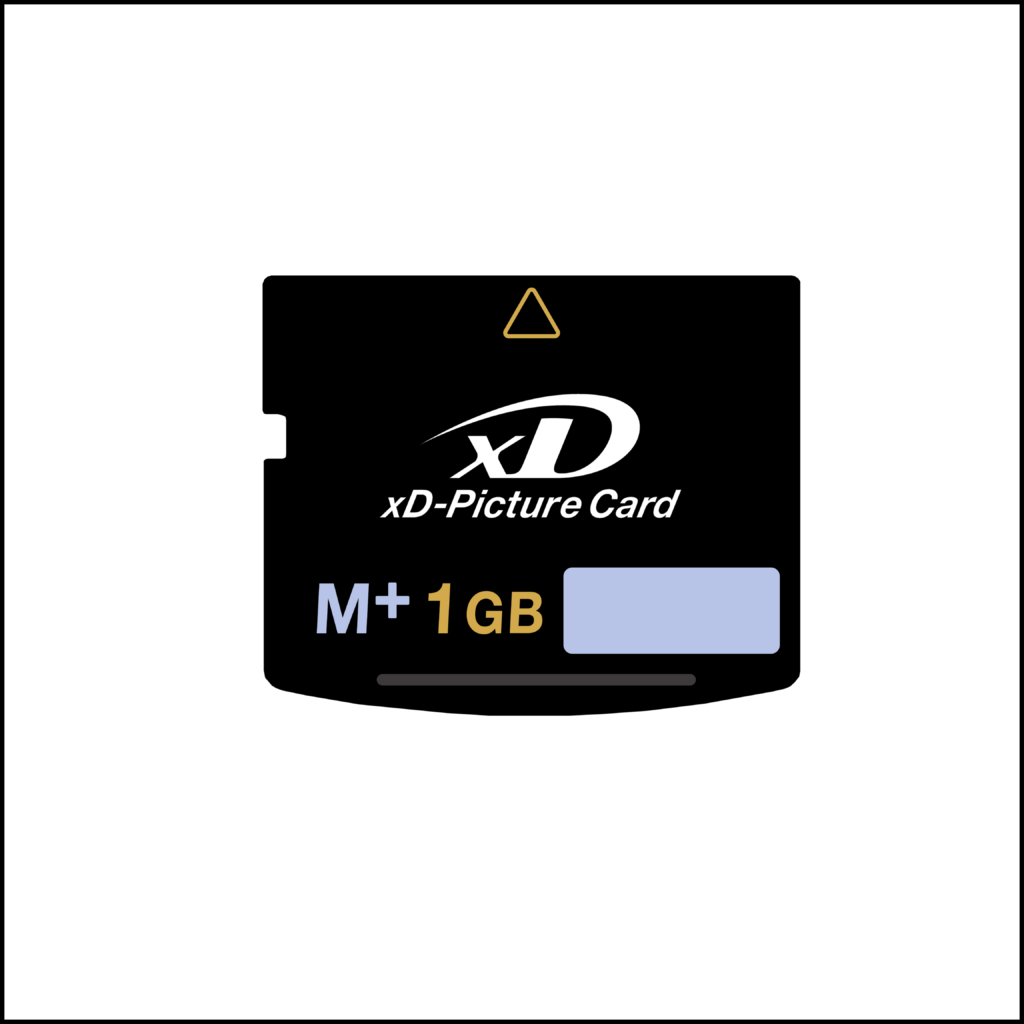
XD-Picture Cards
XD-Picture cards are now a defunct format used by Olympus and Fujifilm for use in their cameras.
The cards were generally slower and more expensive. Olympus and Fujifilm both eventually dropped the format from all of their newer cameras.
Flash memory was invented in 1980 by Toshiba and takes its name from the way the information can be quickly erased, like the “flash of a camera”, but it wasn’t until around 1987 that the type of flash memory we use in memory cards and USB pens today was invented.
This type of memory, called NAND, accesses information in blocks and pages, just like hard disk drives. Due to the way the block sizes and pages are arranged, storage space typically includes 16kb, 128kb, 256kb and 512kb, with the total size being multiples of these numbers, which is why you may have noticed memory cards and flash pens usually come in strange sizes of 16GB, 32GB, 64GB, 128GB and so on, as 16 goes in to all these numbers.
There was a time when different makes of camera would use different types of storage media, such as Secure Digital (SD), Compact Flash (CF), Memory Stick (Sony’s own, exclusive card), Multimedia Card (MMC) and XD-Picture cards.
Nowadays, the memory card format that won the battle is SD card, though some very high-end cameras, particularly those made by Canon, still use Compact Flash, but even that may come to end one day as CF cards are simply not as fast as writing information as SD cards.
As times has progressed, there are several different varieties of Secure Digital card; SD, Micro SD, MiniSD, SDHC, Micro SDHC, SDXC and Micro SDXC.
Within each of these formats, there are several other categories to note. These are the “Classes”, or in other words, the speed in which it can read and write data. These usually go up in twos, starting at C4, C6, C8 and C10. Then there are additional speed measurements called UHS, which will either be presented as U1 or U3.
Some devices may struggle to read or write to cards that are too quick or too slow, or even if the card has too much storage! It is always important to read the documentation that comes with your device before deciding on a memory card.
Most smartphones will take some kind of memory card nowadays (except iPhone), and more often than not, the memory card in question will be some kind of Micro SD, though you usually need to direct the smartphone as to whether it should save any photos or videos to the card or to its own internal storage by going into the phone’s “Settings” menu. If you haven’t told it to save things to the card, then it will most likely default to the internal storage.
Most modern digital cameras use a form of SD card nowadays – even the professional ones. Our sister company, Apple Video Facilities, use broadcast quality 4K cameras, which take 32GB or more SDXC memory cards. These cards need to be very fast, recording data at 100mb/s using Class 10 UHS3 cards.
